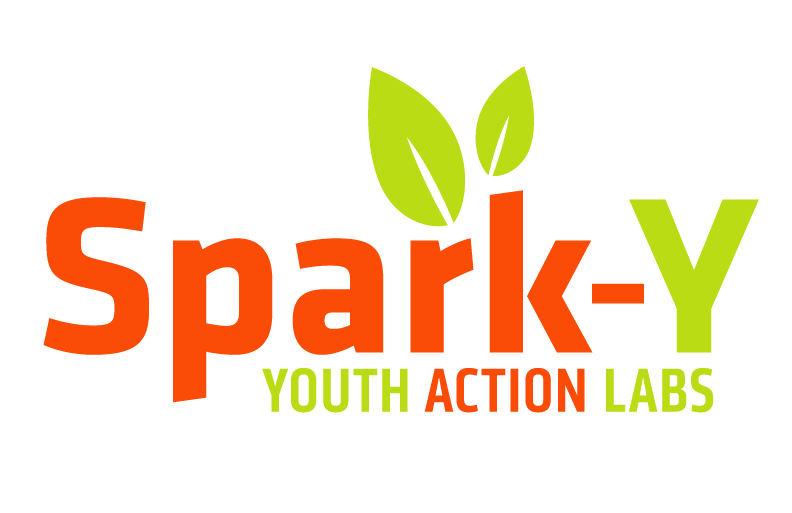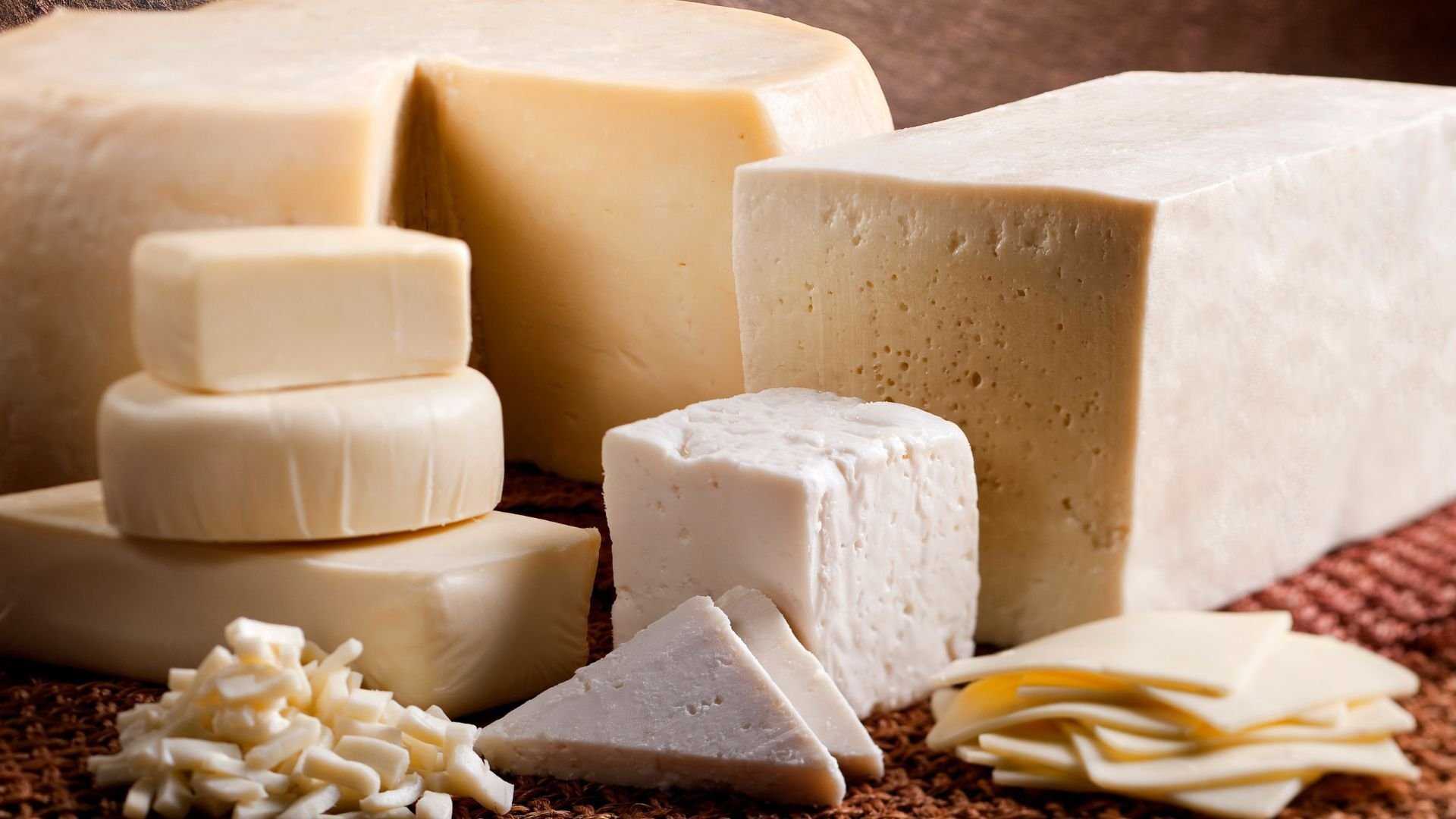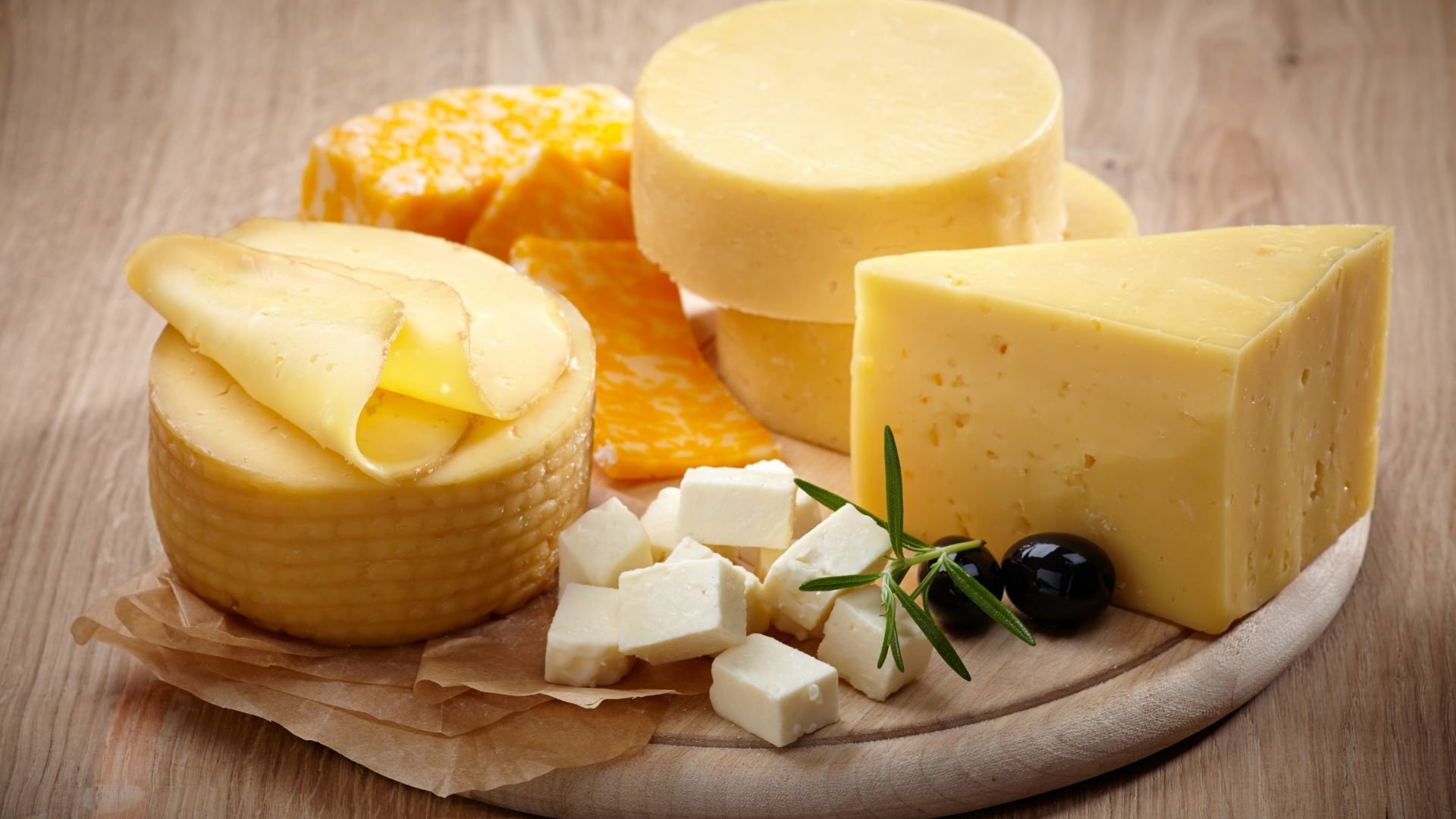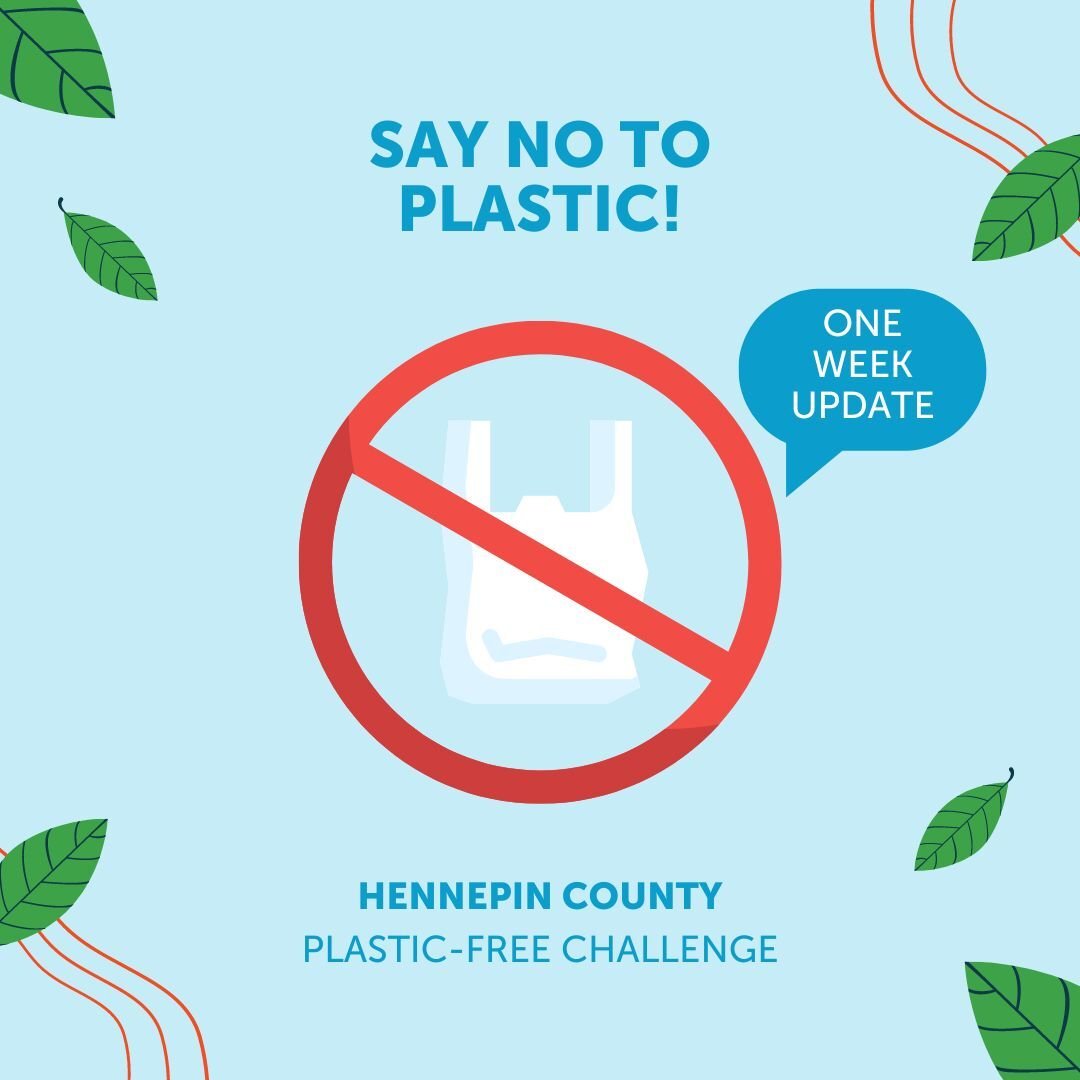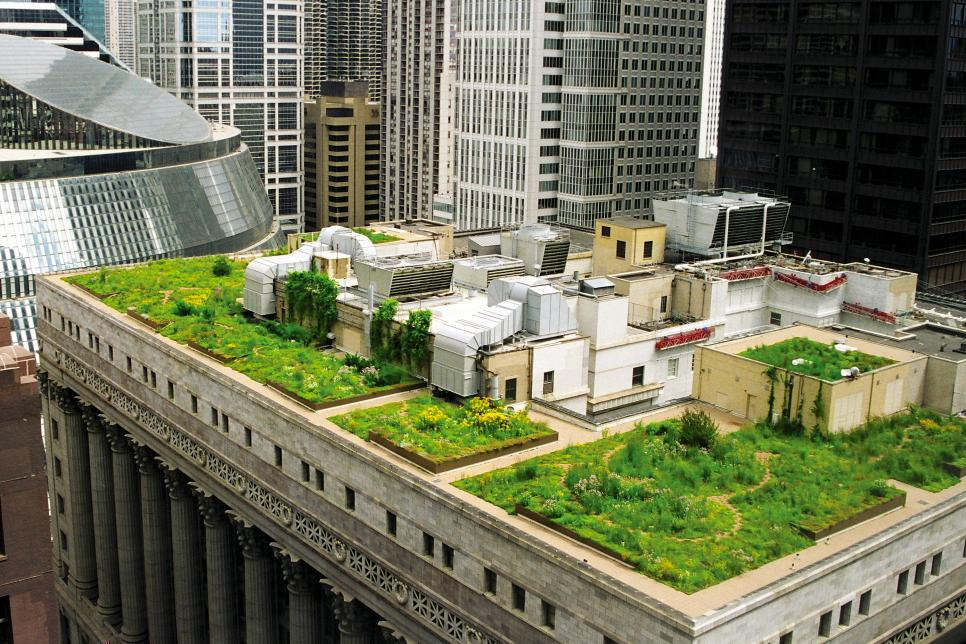The following blog post was written by Mary Nieting, Community Engagement Manager.
As we settle into the Plastic Free Challenge, members of our team are still finding unexpected sources of plastic. For team member Grace, it was in her kitchen, specifically with cheese. Grace knew that the cheese she was purchasing was wrapped in plastic, but what she did not realize was that there are very limited options for replacing and reducing her plastic waste when it came to cheese.
To further complicate matters, some local specialty cheese shops wrap their cheeses in cheese paper, a specialty product made out of paper, wax and a layer of polyethylene. Polyethylene is a type of plastic that renders the paper unrecyclable. Since this wrapper is made out of paper, many people think it can be recycled, which ends up polluting our recycling streams.
Around three weeks into this challenge, Spark-Y staff have found everything from plastic-free deodorant and bathroom goods to plastic-free utensils and coffee cups. But we have yet to find a plastic free cheese. Even the bulk cheese at the local co-op is wrapped in plastic. After a bit of brainstorming, we cut to the chase and asked the cheese monger at Eastside Co-op for recommendations. They recommended purchasing in bulk and putting the cheese into a container or beeswax right away.
Sometimes it takes a lot of creativity to find ways to reduce plastic. Some ideas our team members have had included buying an entire wheel of parmesan cheese or only eating cheese that comes wrapped in wax. Another team member suggested learning to make your own cheese, and another just wished we could all live in France with a neighborhood cheesemonger. This all got us thinking: sometimes plastic pops up in unsuspecting places, which is becoming more and more apparent to us as the month progresses. Overall it feels like we have made success in many areas, but in others (like with cheese) there doesn’t seem to be a realistic alternative to using plastic. I think that is the general purpose behind the challenge - to push ourselves to find better paths when possible, even if it is difficult, but not giving up just because we can’t reach our goal 100%.
We know that as a society, if we can reduce our plastic usage, we will reduce greenhouse gas emissions and save energy. As we have seen this week, it can be more challenging that we originally knew, but the camaraderie I saw this week amongst my peers as we tried to navigate the unforeseen world of plastic wrapped cheese was heartening. And I know that if enough of us contact our local stores about alternatives, we can make a difference. For me, I have my sights set on that wheel of parmesan that will probably last me for years, but one can dream…
